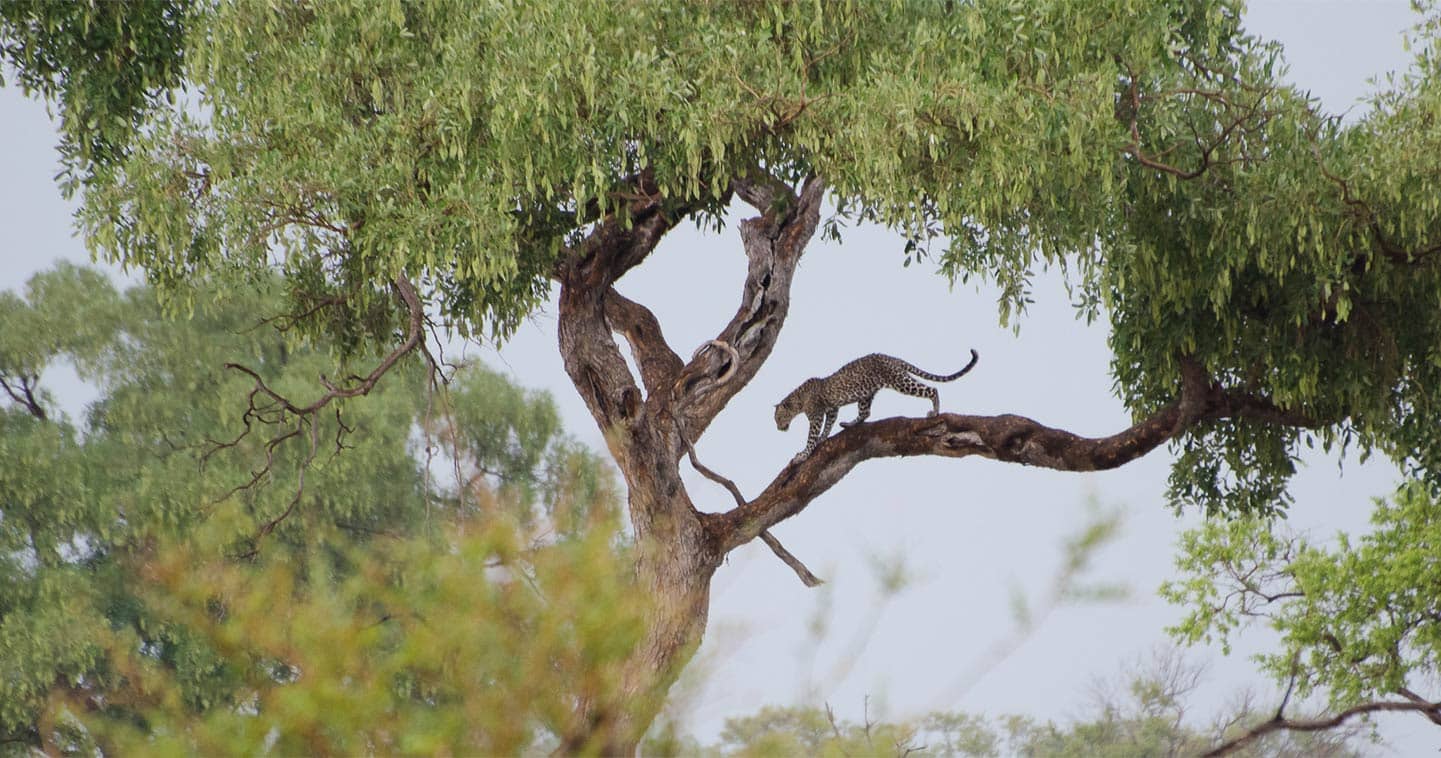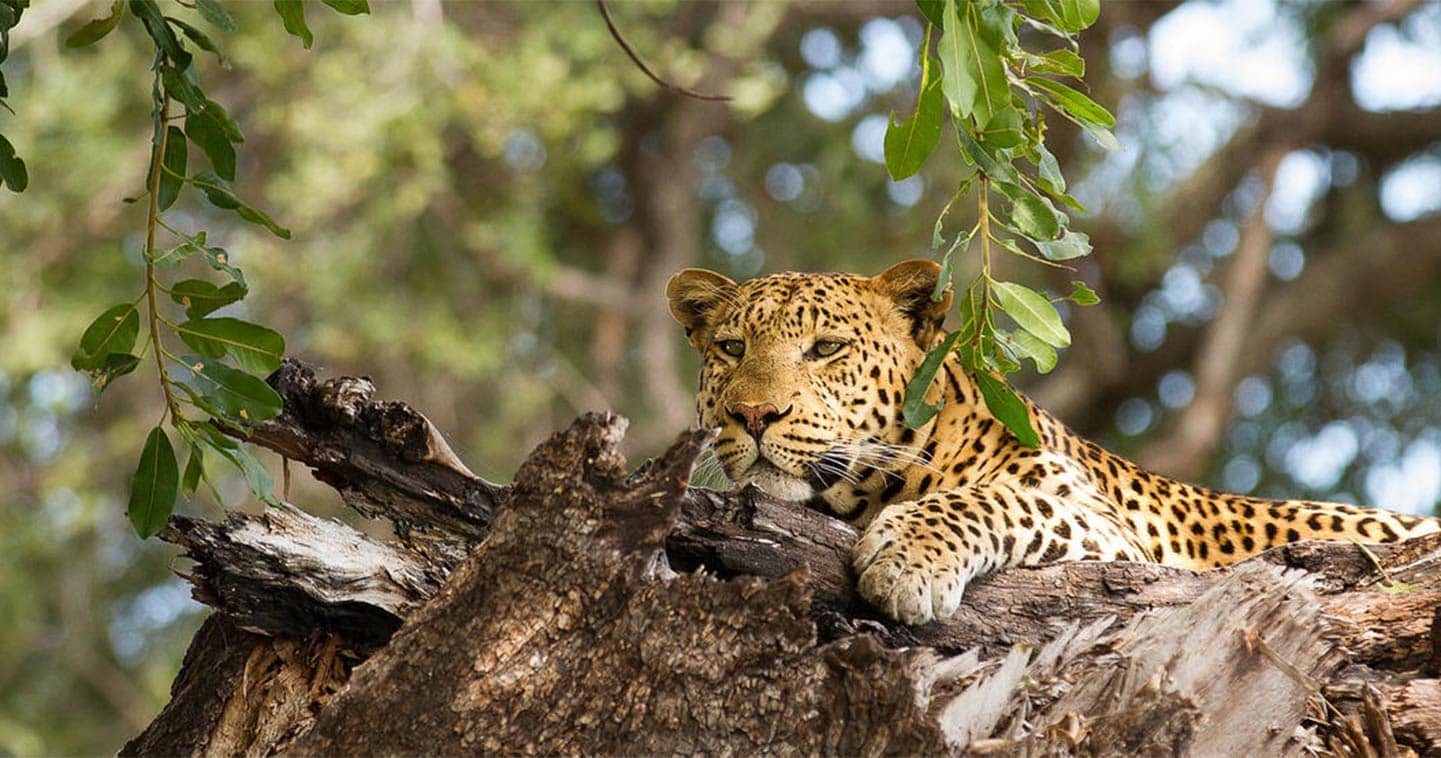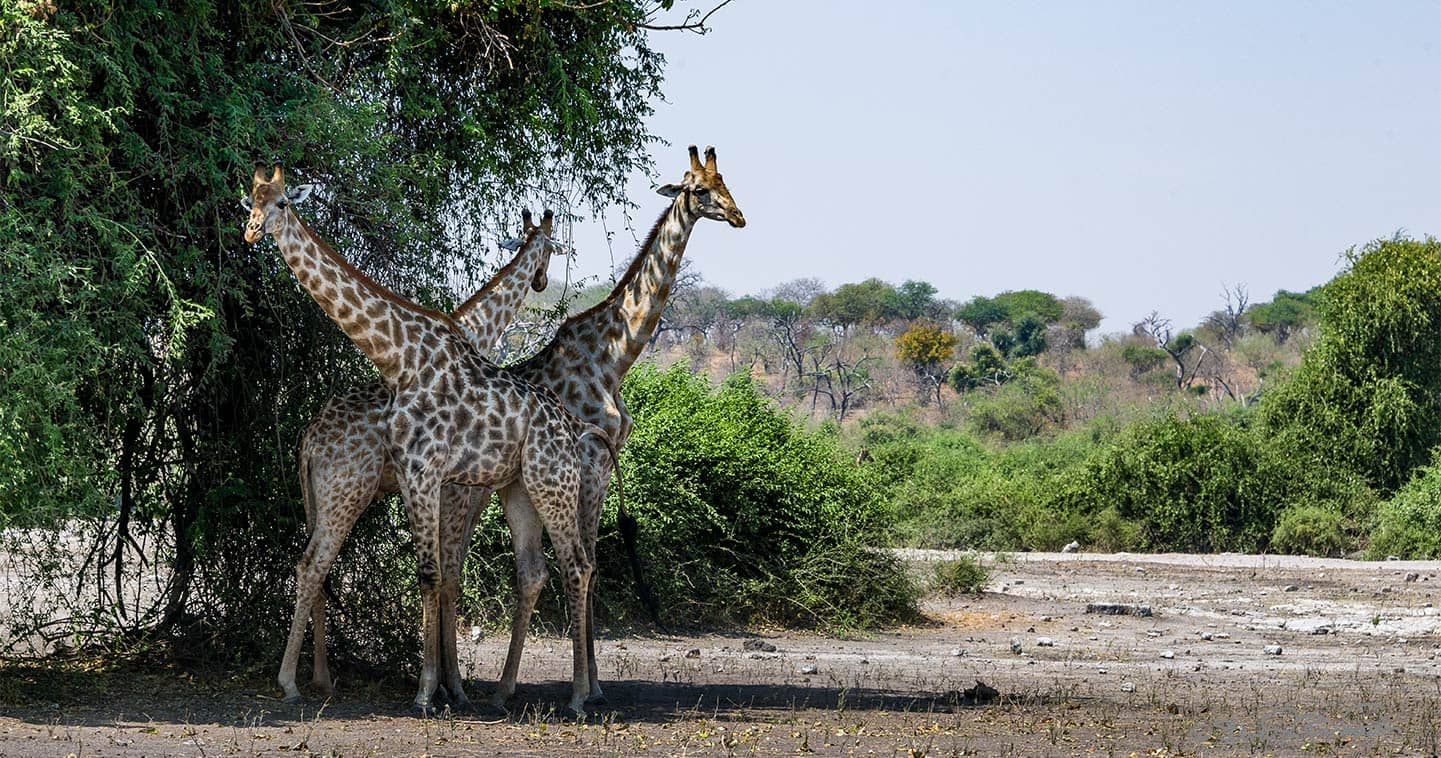Botswana – High concentration of wildlife
Whether arriving by air or road, the first glimpse of the Chobe River in Botswana is always breath-taking. It appears as a swathe of bright, blue ribbon, winding its way through the tiny town of Kasane and out into the Chobe National Park’s wilderness. One of Africa’s most beautiful rivers, the Chobe, supports a diversity and concentration of wildlife unmatched in Botswana.
Established in 1968, Chobe National Park covers approximately 11,700 sq km, encompassing floodplains, swamps and woodland. The Chobe River forms the park’s northern boundary, which includes four distinct geographical areas: the Chobe Riverfront: the Ngwezumba pans; Savuté; and Linyanti.

The most accessible and frequently visited of Botswana’s big game country, the Chobe Riverfront, is most famous for the large herds of elephants and Cape Buffalo that converge on the riverbank to drink during the dry winter months. During this season, on an afternoon game drive, you may see hundreds of elephants at one time. The main Serondella Road sometimes becomes impassable as scores of family herds cross the main road to make their way to the river to drink, bathe and play.
Driving the tracks and trails close to the riverbank, you may see as many 15 different species of animals on any one drive. Common species include waterbuck, lechwe, puku (endemic to this area), giraffe, kudu, roan and sable, impala, warthog, bushbuck, monkeys and baboons, along with the accompanying predators such as lion, leopard, hyena and jackal, who are never far away.

Take a river cruise – and you’ll experience the park and wildlife from a completely different vantage point, getting up closer to hippo, crocodile and a mind-boggling array of water birds than you ever would on land.
Over 460 bird species have been recorded in the park, making it one of Africa’s premier venues for bird safaris. Common species include the Sacred Ibis, Egyptian Geese, the ubiquitous cormorants and darters, Spur-winged Geese, Pel’s Fishing Owl, carmine Bee-eaters, most members of the kingfisher family, all the rollers, the unmistakable Fish Eagle, the Martial Eagle, and many members of the stork family.
The Chobe River rises in the northern Angolan highlands and travels vast distances before reaching Botswana at Ngoma. Like the Okavango and Zambezi rivers, the Chobe’s course is affected by fault lines that are extensions of the Great Rift Valley. These three mighty rivers carry more water than all other Southern Africa rivers.





